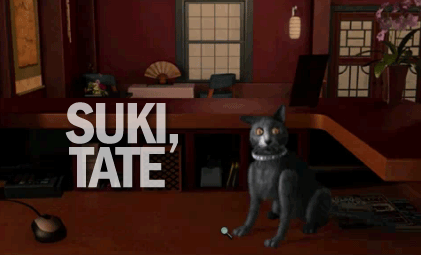Reading reviews - the pros and cons
.jpg)
I have heard mixed reviews on the Barbie movie, only to come to the conclusion that I would like to actually watch it myself rather than blindly believe reviewers. I have loved books others have hated. I have loved TV shows that others don't like. We all have different opinions on different media and books. Let's talk about the pros and cons of legitimately reading reviews on anything. Courtesy of Business 2 Community While it is beneficial to know whether a product is a scam (Amazon reviews) and know how much nudity is in that TV show that looks kind of interesting (IMDB Parents Guide), not everyone sees the same genre as great or the same tropes as awful. Yes, you want to know whether you could be running into sex scenes you didn't ask for, but some plotlines that aren't x-rated may be loved or hated, garnering mixed reviews. Do you believe every review you read? Why You Should Be Checking Reviews Let's use Guardians of the Galaxy 3 as an example. I love the fir...





